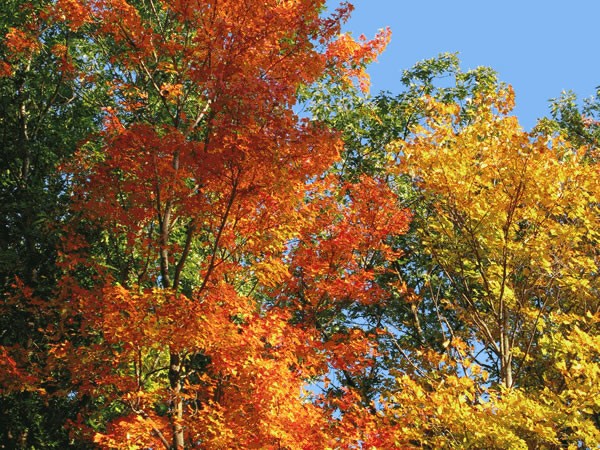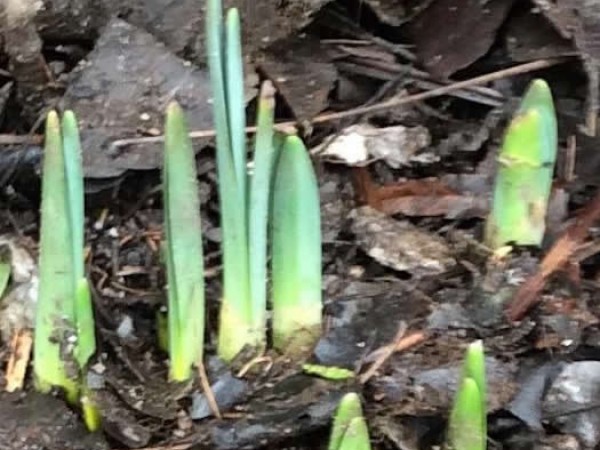Phenology Checklist
Observing the Seasonal Timing of Life Cycle Events
Overview
Phenology is the study of the seasonal timing of life cycle events. You are studying phenology when you record the date a certain plant grows, a tree's leaves emerge, an insect hatches, or a migratory bird appears on its nesting grounds. Factors such as daylength, temperature, and rainfall influence the dates on which events occur each year.
Collecting Phenology Observations
Once each month, go outside and record the changes you see. Use the Phenology Checklists below. Each begins with sunlight and progresses up the food chain — from sunlight to plants to animals. Try to begin on the Fall Equinox in September. Go outside one month later and look for changes.
FALL: Watch sunlight decrease and temperatures drop in the fall. Plants die or go dormant, so food is less available to animals. Some migrate, some hibernate, and others rely on physical adaptations to survive.
SPRING: Watch how the food chain rebuilds in the spring as the season progresses. Energy from the sun increases, temperatures rise, ice melts, and plant growth begins. The animals that eat plants appear first, followed by their predators — and so on up the food chain.
Ask Questions
Humans have long been aware of seasonal changes in the natural world. When students observe the natural world closely and record data, they notice and better understand patterns of seasonal change. As they do this over time, students can join scientists and other citizens who look for clues about our changing climate and its impact on living things.
- What signs tell us that fall or spring is approaching? You may want to add these events to the Journey North checklist, or create your own.
- What sounds, smells, colors, and feelings accompany these changes?
- Throughout the season — and from year to year:
- How does ______ (event or change) seem to relate to _______ (event or change)?
- What changes can we predict with accuracy (e.g., length of sun's shadow at different times, spring equinox, last day of school)?
- What factors vary from year to year based on weather (bulbs blooming, ice out, first robin)?
- How do climate factors — such as long-term temperatures and moisture averages — seem to relate to phenology events?


